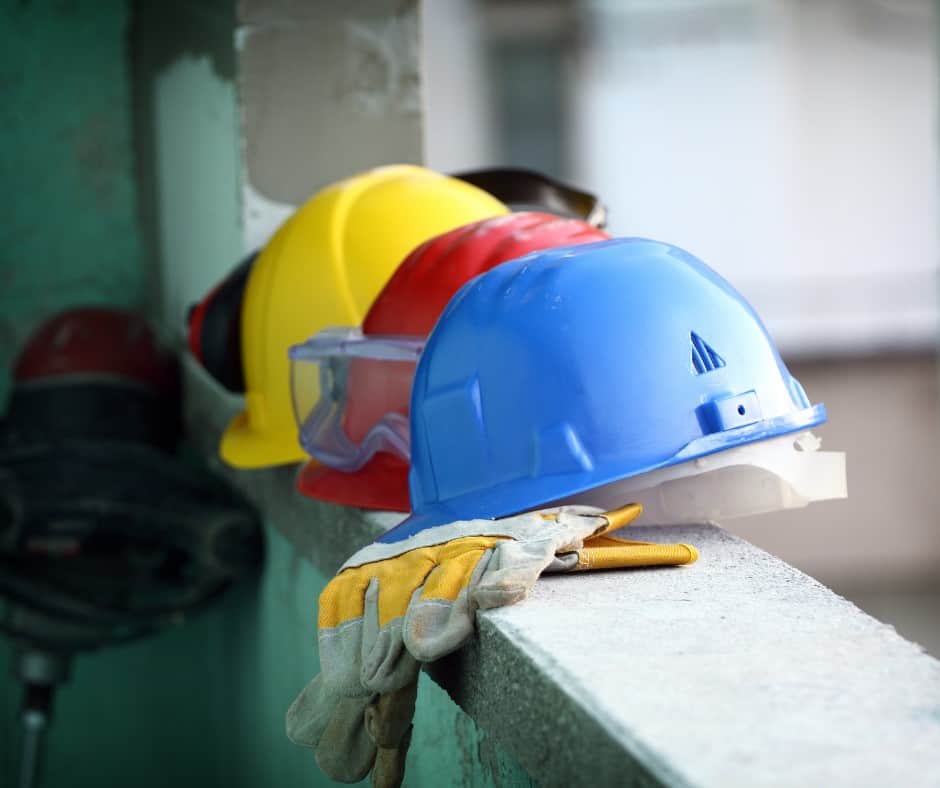Safety in Oil & Gas


Building a strict framework for health and safety is crucial in the Oil & Gas industry and is of the utmost importance to all stakeholders. At Tam we are committed to PEARL; protecting our People and the Environment, maintaining business Assets, Reputation and Legislation to fulfill our vision of “Zero Harm”. Health, Safety and Environment matters are considered an integral part of our business processes and is taken into account during
early stages of planning, reflecting on actions and decisions for achieving HSE excellence in all TAM’s operations.
Nowadays, the industry has become a safer place for everyone despite its dynamic and hazardous nature. As market leaders in Egypt and the MENA region we are sharing some of our expertise and tips for a safer workplace and environment.
Talk to your workforce
Your employees have hands-on experience and are constantly involved in health and safety inspections on oil and gas rigs. By opening two-way communication channels, you will gain insights on where the major risks lie. Moreover, you can gain knowledge on other important facts that you might not have been aware of that could lead to a much more comfortable, safe, and efficient work environment.
Conduct risk assessments
Minor hazards can quickly develop into a much bigger problem. Training for all involved personnel in the process on how to conduct a proper risk assessment will reflect on the quality and applicability of the recommendations in the risk assessment report.
Housekeeping
Small incidents can be avoided with basic housekeeping. Any spills should be taken care of quickly and walkways must be cleared regularly of any debris. At TAM, we implemented a Job Completion Checklist, designed especially for non-routine and maintenance tasks, the Checklist ensures the site is restored back to its previous state after the task is completed including cleanliness and storing of any leftover material. The supervisor checks job completion, stores leftover materials properly and finally signs the Permit To Work (PTW).
Investigate and find the root cause of any issue
Having a deep understanding and insight of the root cause of any issue is the best way to ensure the safest possible work environment. It’s not just about solving issues as they arise, but rather finding the underlying causes as a proactive measure to prevent any further incidents. It is crucial to have strategies and communication systems that allow for workers feedback as well as regular safety training that help ensure prevention of any issues that could arise. Therefore, safety professionals, engineers and supervisors must rigorously assess everyday working practices and
have a clear framework of regulations. Small routine incidents and near misses should be investigated in order to ensure that they are prevented in the future. It is the employer’s duty to ensure the safety of their employees and promote a positive safety culture throughout their organizations.
At Tam we have prepared some basic questions that employers can ask themselves to help prevent injuries/illness at their workplaces:
- “Have we adequately trained our employees in every process?”
- “Do we regularly provide refresher trainings on all operations and safety
protocols?” - “Are we physically preparing our employees for their job tasks?”
- “Is our team adequately equipped to adjust to injured or rehabbing employees?”
- “Are we preventing the next musculoskeletal injury or just expecting it?”
- “What else can be done? Where can we improve?”
Offering Technical Services to the Oil/Gas Industry, Refineries & Petrochemicals